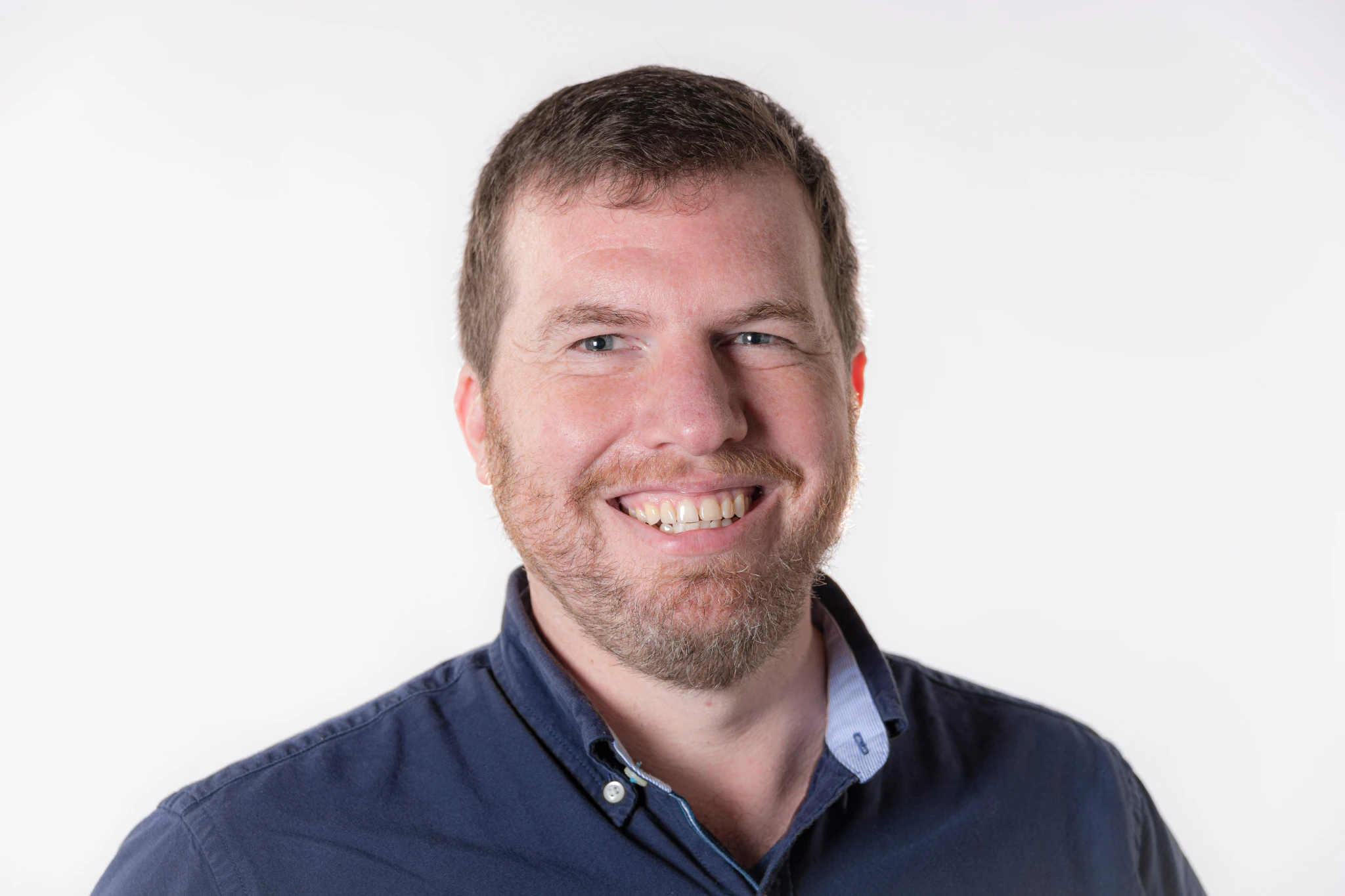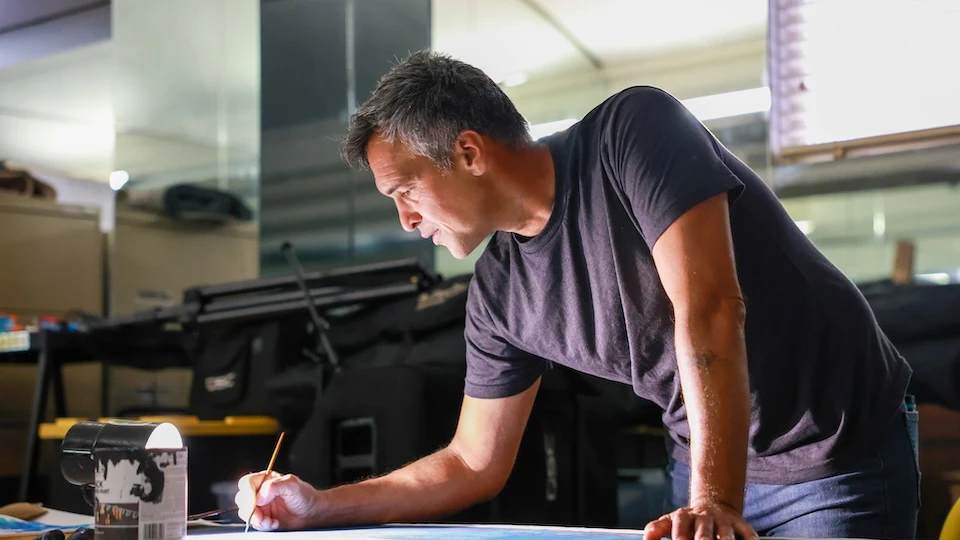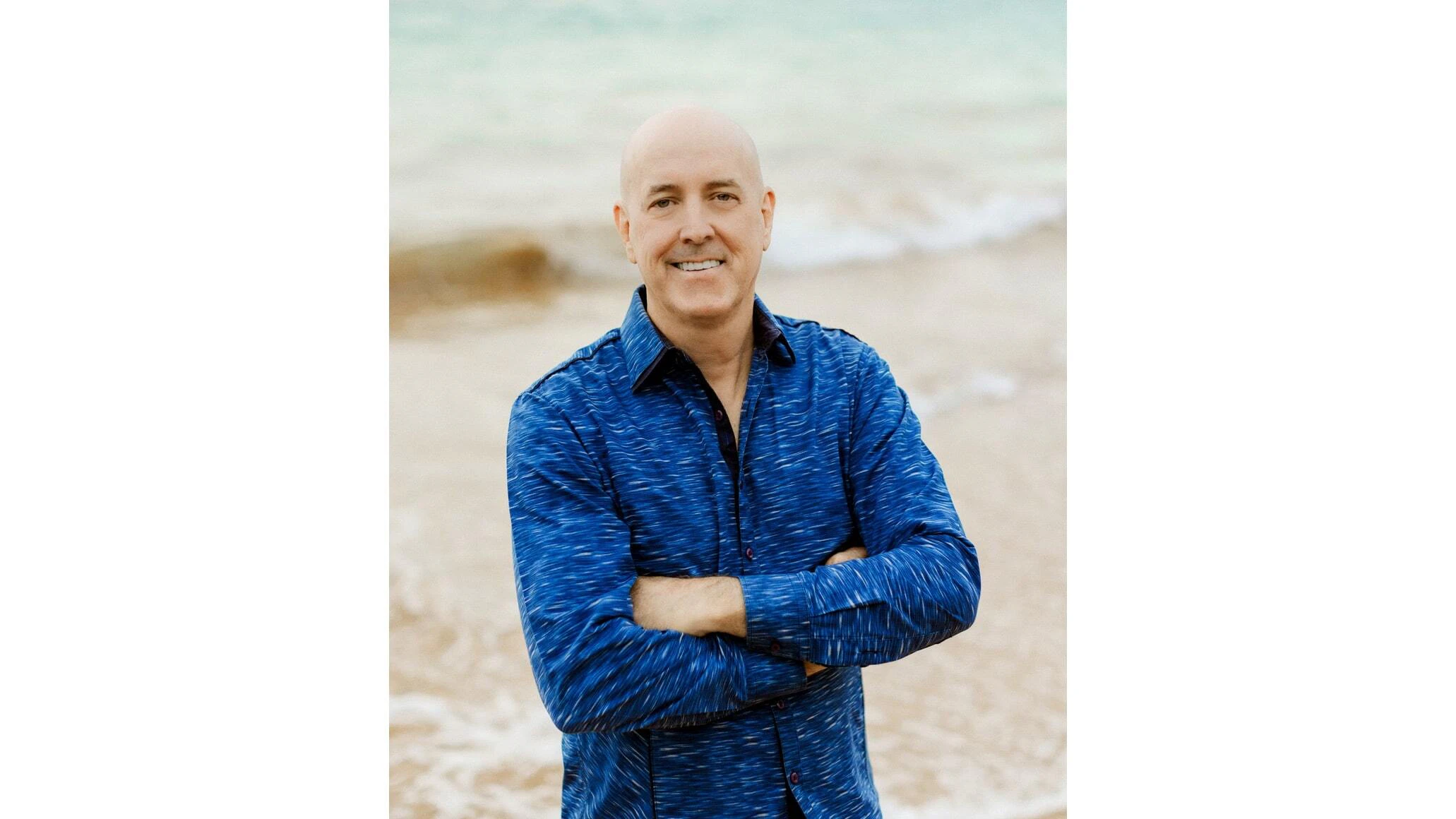Bishop Museum has named a new chief executive officer, Kristofer Helgen, who assumes the role on Aug. 1, according to representatives of the nonprofit. Helgen replaces Dee Jay Mailer, who is president and CEO.
Helgen is currently the chief scientist and director of the Australian Museum Research Institute at the Australian Museum, where he oversees 120 staff members who work in research and collections.
“Kris stood out in many ways, but especially for his vision regarding the importance of museums in our contemporary world,” said Patrick Kirch, museum board member and chair of the selection committee, in a written statement. “His strong experience in museum administration combined with outstanding scholarship and research in the natural sciences in and around the Pacific makes him the right choice to lead our museum into the future.”
The five-month international search for the executive role drew more than 50 applications, according to representatives of the museum.
Bishop Museum is the largest museum in the state. It was founded by Charles Reed Bishop, in 1889, in honor of his late wife Princess Bernice Pauahi Bishop to house an extensive collection of Hawaiian objects and family heirlooms which has expanded to the current “millions of objects, documents and photographs about Hawai‘i and other Pacific island cultures,” according to the museum’s website.
Today, the Bishop Museum serves more than 200,000 visitors each year, according to representatives of the nonprofit. Its collection of more than 25 million objects and specimens include more than 2 million cultural objects and 1 million photographs, films, works of art, audio recordings and manuscripts.
Helgen has focused his research on the Pacific region, especially biodiversity, environmental impact and conservation. Originally born and raised in Minnesota, he first became familiar with the Bishop Museum in 2002, when he studied its mammal collections as a research student at Harvard University. In 2007, he joined the museum as a research associate, where he helped reidentify many of its mammal specimens.
Helgen went on to work at the Smithsonian Institution, where he was a research zoologist and curator for the division of mammals at the National Museum of Natural History, according to his LinkedIn profile.
“Bishop Museum is known globally for its vast collection and its expertise in cultural and scientific research, and I am thrilled to be joining the team,” said Helgen, in a written statement. “The museum is at the forefront of cultural and scientific knowledge and discovery regarding Hawai‘i and the broader Pacific. I look forward to learning from the staff, to sharing what I have learned in turn and to working together to establish long-term growth and stability.”





